Savvy With Succulents
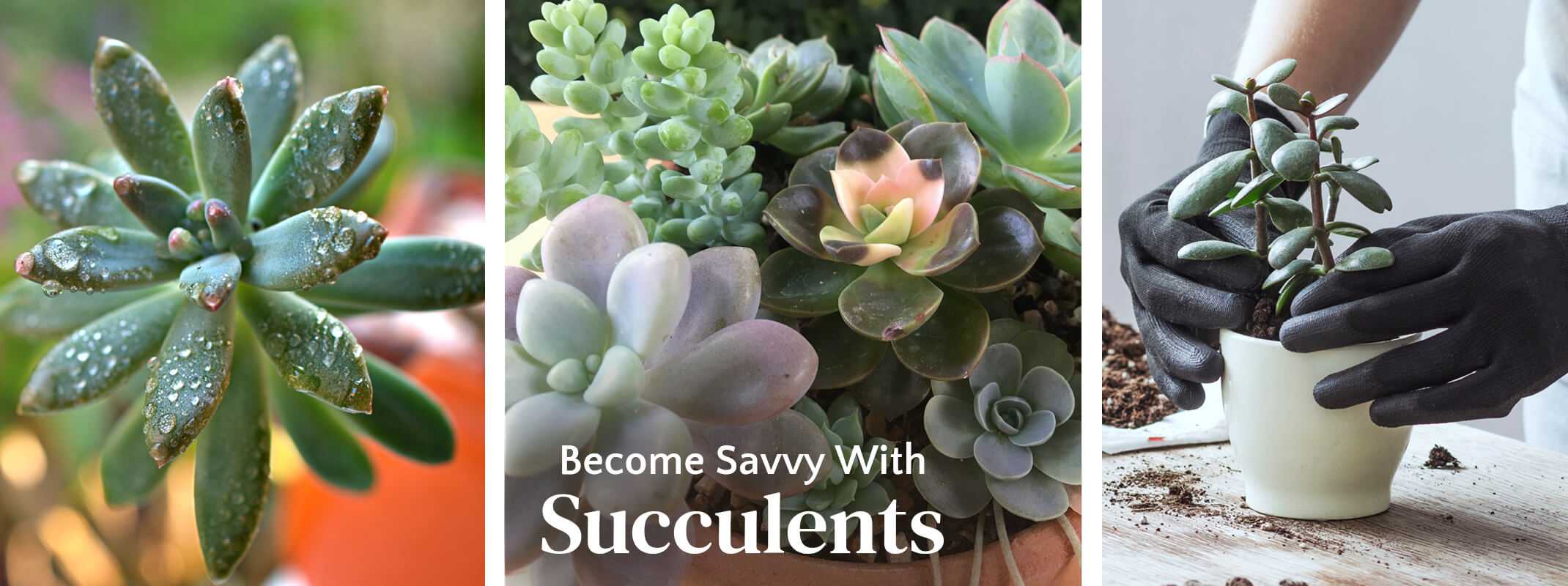
I've always heard that planting and growing succulents in containers is a piece of cake which is only true if you first understand that their needs are special...
How to successfully plant succulents in containers
- 1. Choosing a container – good drainage is important for succulents as they prefer not to not have wet feet or roots. Be sure to choose a pot with a hole that will allow the water to run out.
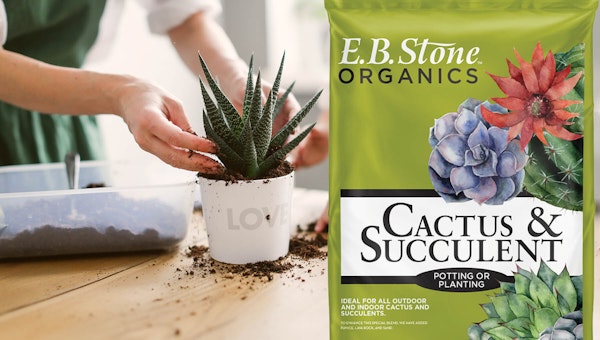
- 2. Success of your succulents is in the soil – choose a soil that allows easy drainage and has more aeration. We recommend E.B. Stone Organics Cactus & Succulent potting mix. It is blended for all types of indoor and outdoor succulents and cactus. Alternatively, you could use a half and half mixture of a premium potting soil blended with pumice or perlite.
- 3. Pick healthy succulents to plant – this seems like a no brainer but choosing a healthy succulent may be a little tricky. Choose a plant that has nice color, insect free and has little to no dead or dying foliage. Also, stay clear of the succulents with soggy foliage.
- 4. Add your soil to the pot and fill the bottom as well as add soil so that you can work it around so that you have soil coming up the sides of your pot.
- 5. Place in your succulent(s). If you are planting more than one in a pot, start with your largest succulent and work your way down.
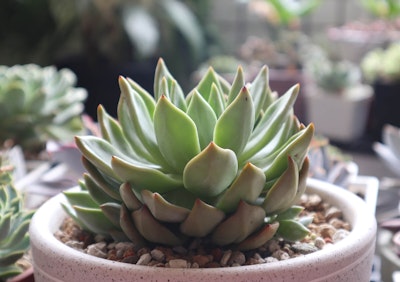
- 6. Add additional soil to fill in the spaces, covering the root ball(s) and then gently tamp in the soil. It’s helpful to leave some space around the lip of the pot to the soil so when you water, it doesn’t overflow and make a mess. You can also top dress the container with some pebbles or crushed rocks. This will keep the perlite from floating away when watering and keep moisture away from the base of your succulents.
- 7. Water – you will want to water just enough until the water is coming out the bottom of the pot. Be sure to remove any water that may have collected in your pot’s saucer. Allow your soil to dry between waterings.
- 8. Watch for signs to know whether your succulents are receiving too much water or too little. The leaves of your succulents will begin to pucker if it is receiving too little water and become soggy and translucent if they are receiving too much.
- 9. Light – succulents need between 4 to 6 hours of light on average. If you live in an area where your plants may receive intense heat, move them to a place that receives more indirect light. On the flip side – in the winter, you may have to provide some artificial light to those succulents indoors.
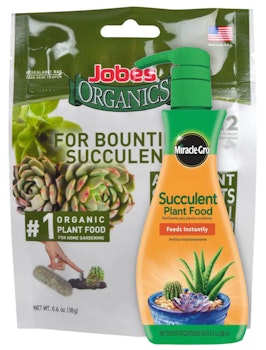
- 10. Fertilizing succulents – this can be a little tricky and may require you to know the varieties of succulents you’ve planted. We recommend Miracle-Gro Succulent Plant Food or Jobe's Organics Plant Food.
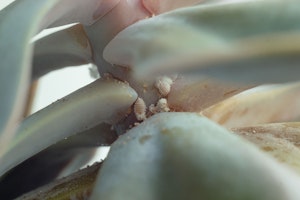
- 11. Watch for insects or diseases. If you notice that your plants are suffering from something but not sure what that is, take a picture and ask one of our SummerWinds’ Garden Advisers for help in identifying and offering a solution. A common pest is mealy bugs which you can easily rid by gently wiping them away with a cotton swab dipped in rubbing alcohol.
- 12. Keep your succulents tidy by removing any dead or dying foliage or debris which will help deter insects and diseases from congregating.

